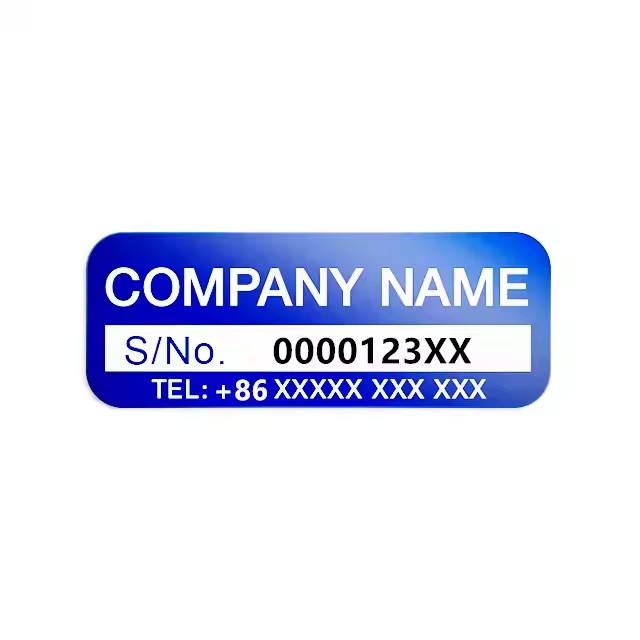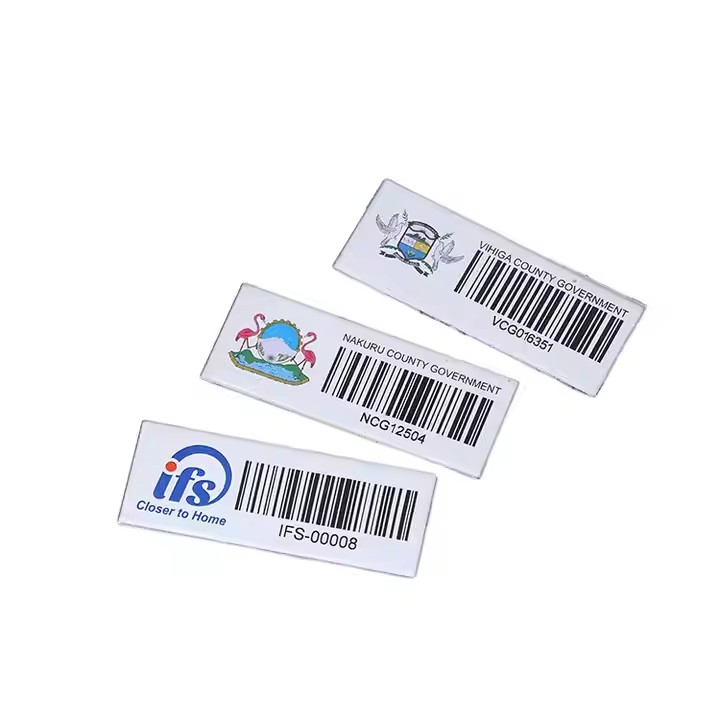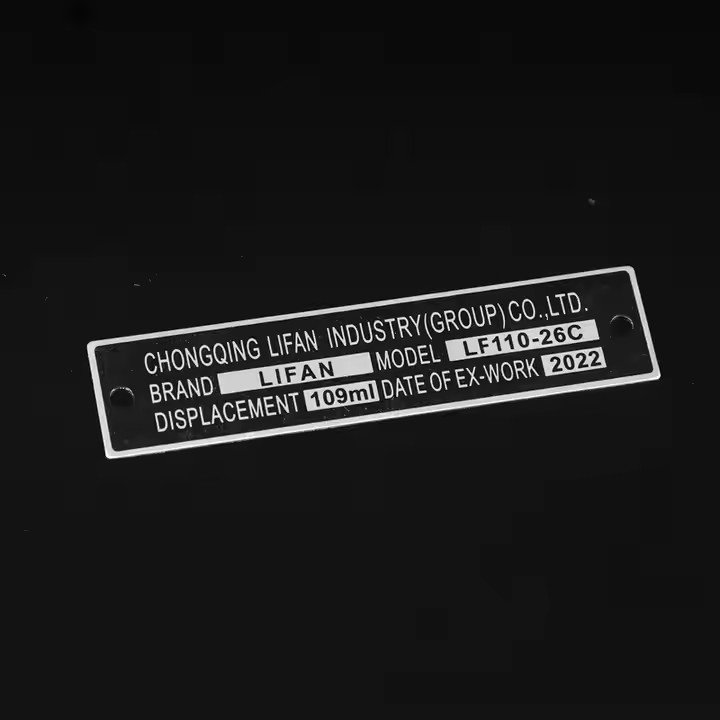How to Design a Custom Metal Name Plate Based on Your Product

Step-by-Step Guide to Customizing Metal Name Plates
18/09/2025
Common Manufacturing Techniques for Metal Name Plates
02/10/2025How to Design a Custom Metal Name Plate Based on Your Product
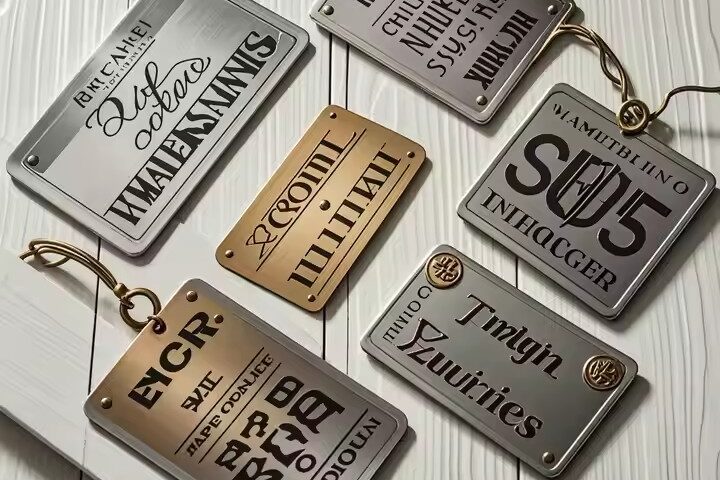
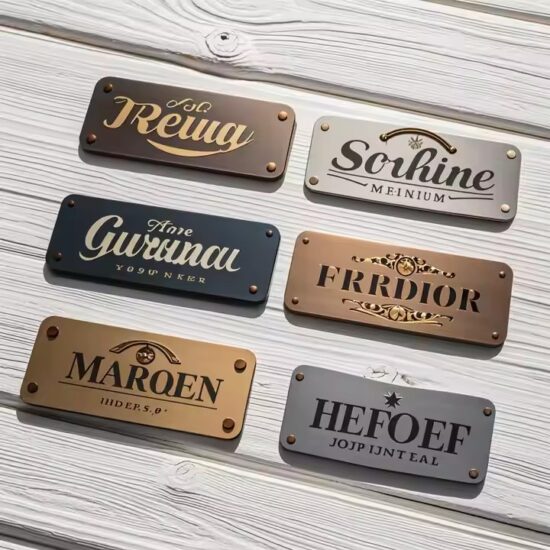
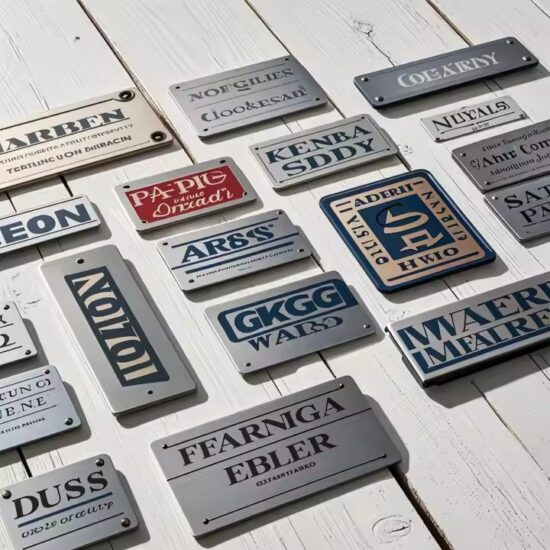
How to Design a Custom Metal Name Plate Based on Your Product
A well-designed metal name plate not only identifies your product but also enhances its brand image and provides essential information. Designing a custom metal name plate tailored to your product requires a clear understanding of your product’s characteristics, environment, and brand values.
This guide will help you design a metal name plate that complements your product and meets your functional requirements.
1. Understand Your Product and Its Environment
Start by assessing your product’s characteristics and the environment where it will be used:
-
Product Type: Is it heavy machinery, consumer electronics, appliances, or industrial tools?
-
Operating Conditions: Will it be exposed to heat, moisture, chemicals, or outdoor weather?
-
Surface Material: What material will the name plate be attached to (metal, plastic, glass)?
-
Size and Shape Constraints: Are there space limitations for the name plate?
Understanding these factors helps determine the best materials, size, and durability requirements.
2. Define the Purpose and Information to Display
Decide what information your name plate should communicate:
-
Brand logo and name
-
Product model and serial number
-
Certifications and safety warnings
-
Usage or maintenance instructions
-
Contact or warranty information
Prioritize clarity and readability to ensure users can easily find the necessary details.
3. Select the Appropriate Material
Choose a material that suits your product’s environment and aesthetics:
-
Aluminum: Lightweight and corrosion-resistant, ideal for most applications
-
Stainless Steel: Durable and resistant to harsh conditions
-
Brass or Copper: For decorative or specialty uses
-
Zinc Alloy: Suitable for embossed or cast designs
Consider cost, weight, and environmental exposure when selecting.
4. Choose the Right Size and Shape
Design the name plate’s dimensions to fit your product’s available space while maintaining readability. Common shapes include:
-
Rectangular or square for standard applications
-
Oval or round for decorative or ergonomic design
-
Custom shapes to match product contours or branding elements
Make sure the size allows all essential information to be displayed clearly.
5. Design Visual Elements
Create a balanced and visually appealing design by:
-
Using your brand’s colors and fonts consistently
-
Prioritizing important information through font size and placement
-
Incorporating logos or graphics without overcrowding
-
Ensuring contrast between text and background for readability
Consult a graphic designer or your manufacturer’s design team if needed.
6. Select Marking Techniques
Based on your design and durability needs, choose a marking method:
-
Laser Engraving: Precise, permanent, and suitable for industrial use
-
Etching with Color Fill: High contrast and decorative
-
Embossing/Debossing: Adds texture and a premium feel
-
Screen or Digital Printing: Allows full-color designs but may require protective coating
7. Decide on Surface Finishes
The finish enhances protection and aesthetics. Common finishes include:
-
Brushed or matte for a rugged look
-
Mirror polish for elegance
-
Anodized coatings on aluminum for color and corrosion resistance
-
Clear protective coatings to prevent fading and scratching
8. Plan for Mounting
Select a mounting method that suits your product:
-
Adhesive backing for smooth, flat surfaces
-
Screws or rivets for heavy-duty or outdoor applications
-
Magnetic or clip mounting for removable plates
Ensure the mounting method is durable and appropriate for the product’s use.
🏁 Conclusion
Designing a custom metal name plate tailored to your product involves understanding the product’s environment, selecting suitable materials and finishes, and carefully planning the design and mounting. By aligning your name plate design with your product’s needs and brand identity, you enhance both function and aesthetic appeal.
💡 Pro Tip: Collaborate closely with experienced metal name plate manufacturers to optimize your design for production and durability.

